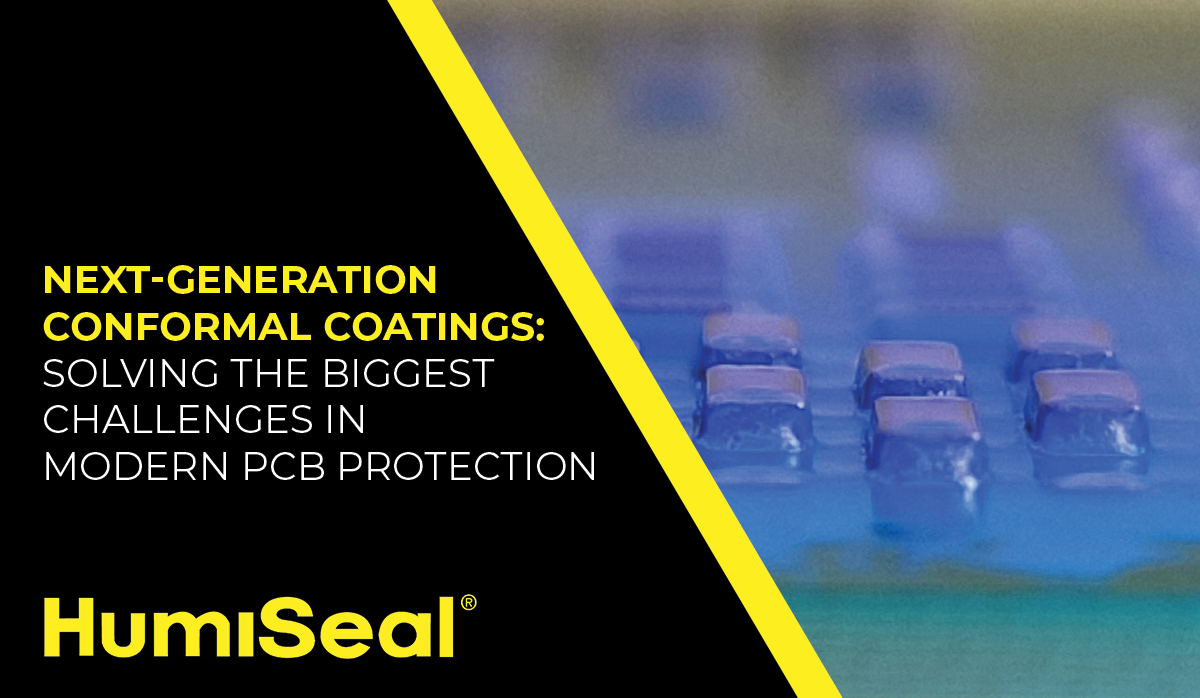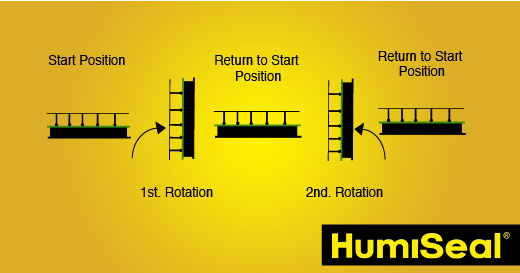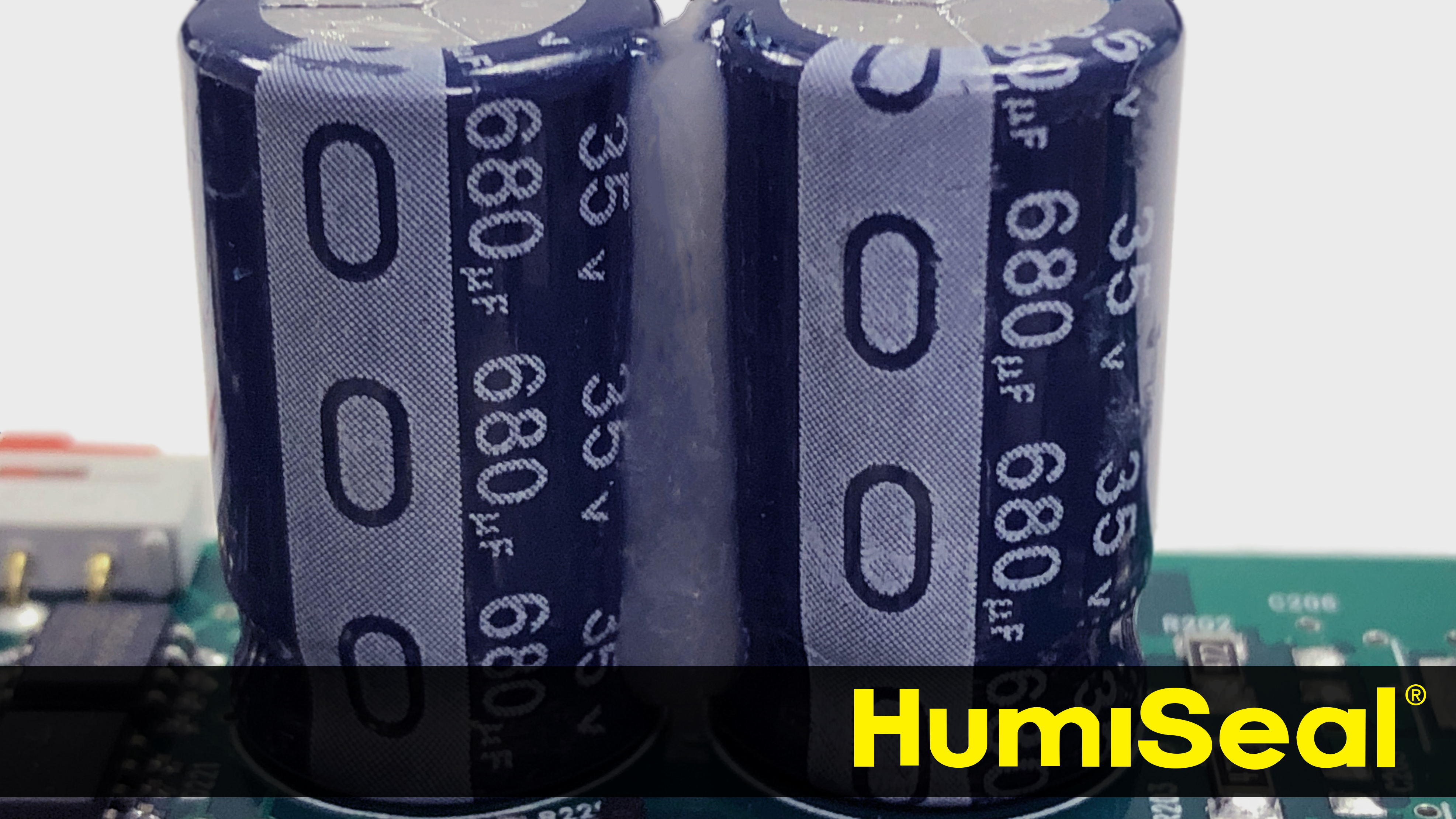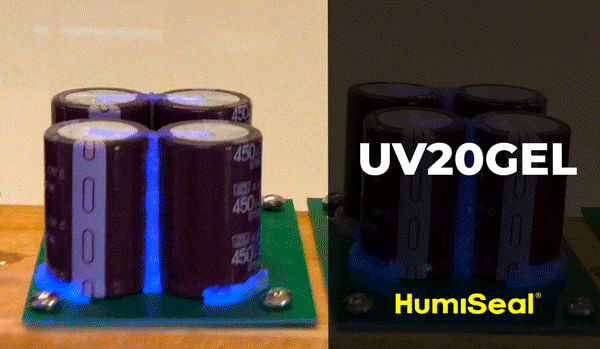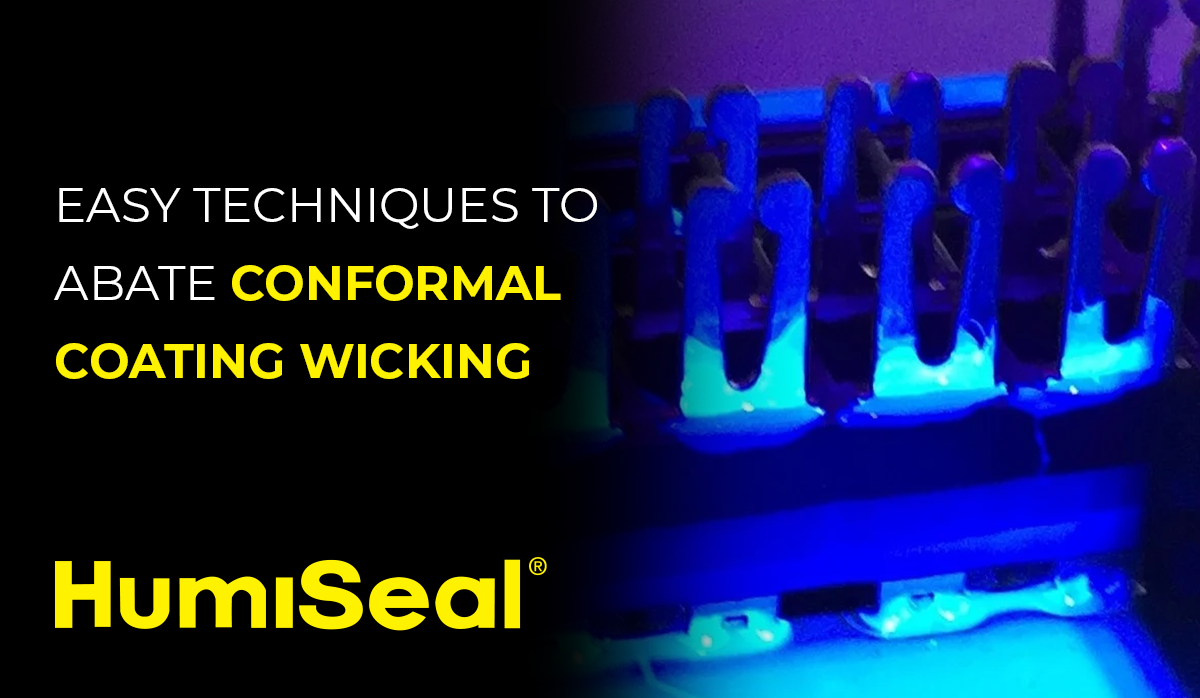In the rapidly evolving electronics landscape, ensuring the reliability and longevity of printed circuit boards (PCBs) is paramount. Conformal coatings have long served as a protective shield against environmental factors such as moisture, corrosion, and thermal stress. However, as technology advances, traditional conformal coatings face new challenges, particularly with modern PCB designs.
Next-Generation Conformal Coatings: Solving the Biggest Challenges in Modern PCB Protection
Topics: conformal coating, Humiseal, Conformal Coating Process, Electronic Protection, Sharp Edge
Tired of Masking Conformal Coating Applications? Try Selective Dip Coating Instead
When conventional coating methods such as hand spray, total dipping or robotic selective coating don’t provide the protection required, there is always selective dip coating.
What is selective dip conformal coating?
Selective dip coating is a process whereby the substrate rather than globally immerised in the coating, is discreetly coated in desired locales. The technique in one form or another, has been around for over 25 years and is used with both classic solvent-based coatings and 100% UV cure conformal coatings.
Topics: Conformal Coatings, Humiseal, Selective Dip Coating, Electronic Protection
Ruggedization of Electronic Circuits? Encapsulation is One of The Best-kept Protection Secrets
It's no secret that conformal coatings increase the lifetime of electronic devices by providing a thin barrier that strengthens their ability to withstand harsh environmental conditions. That said, a lesser-known truth is adhesives and encapsulants provide a significantly higher level of protection on the entire assembly.
Why is that? Well, adhesives and encapsulants promote assembly protection by:
- creating environmental seals that protect against moisture and corrosion
- providing high-temperature resistance
- increasing shock and vibration-dampening
- generating strong bonds to a variety of substrates
- maintaining low shrinkage
- offering thermal conductivity
Bury it in
Topics: Electronic Protection, Adhesive Solutions, Vibration Suppression, Encapsulants
HumiSeal® UV20Gel: Durability and Reliability for PCBs Under Thermal Stress
 HumiSeal UV20Gel is a unique, strong, and flexible gel coating developed to protect PCB (Printed Circuit Boards) components against environmental conditions and vibrations. UV20Gel has proven successful in many demanding industries and product families including-
HumiSeal UV20Gel is a unique, strong, and flexible gel coating developed to protect PCB (Printed Circuit Boards) components against environmental conditions and vibrations. UV20Gel has proven successful in many demanding industries and product families including-
Topics: Electronic Protection, Vibration Suppression, Thermal Compatibility, Protection for PCB, Thermal Stress Testing
UV20GEL - Designed to Provide Protection Against Vibration & Mechanical Shock in Electronic Devices
UV20GEL is a recent innovation from the polymer scientists at HumiSeal.
It provides additional durability and ruggedization for printed circuit boards in demanding applications including automotive, aerospace, and appliances among others. This flexible, high adhesion gel is used for staking taller or sensitive components to provide resistance to vibration and mechanical shock conditions.
Topics: Electronic Protection, Vibration Suppression, UVGEL, Mechanical Shock
Easy Techniques to Abate Conformal Coating Wicking
Have you ever experienced uncontrolled conformal coating migration? Have you had to strip your recently coated boards because conformal coating wicked into non-desired keep out zones? Wicking is a phenomenon caused by a combination of low surface tension coating, which is usually characterized by low viscosity, coupled with strong capillary forces generated by low standoff gaps possessed by the SMT process. Wicking into connectors; onto grounding hole; or under sensitive components will create defects that will have to be reworked, as it may cause reliability concerns with the finished product, which we will describe in detail. There are ways to either reduce and/or eliminate wicking issues through decisions made during preparation, application, and conformal coating selection.
Topics: silicone conformal coating, Electronic Protection, Conformal coating benefits, Wicking


